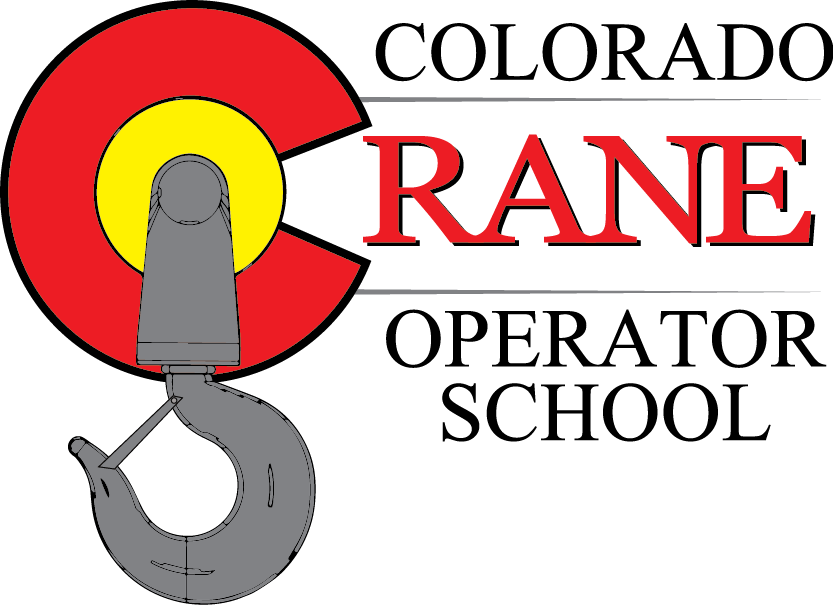Be Safe And Inspect Your Crane!!
Cranes play a vital role in our day-to-day lives. They make it easy to move heavy objects around the job site and lifting objects into place. They increase efficiency and improve safety.
It is a given that cranes play a vital role in the construction industry. Therefore, it is important to keep them in proper working order. Otherwise, they may fail unexpectedly. This could lead to severe damage to equipment or heaven forbid death.
Remember from previous blogs that all cranes need to be inspected annually (every 12 months) by a qualified individual for signs of failure. However, you need to be conducting monthly (with records kept for three months) inspections to catch any problems that may arise before your annual inspection. You also need to do shift inspections (with no records kept) to find any day-to-day problems that may arise.
Here are some examples that you should be looking for.
Damaged or Worn parts.
Cracking, stretching, warping, and other signs of excessive wear can mean the performance and /or safety of your crane is compromised. These conditions can appear on various components of the crane, including bearings, chains, pins, rollers, shafts, sheaves, and drums.
Welds can start to crack, and rust will start to form.
You should check all of these to ensure your crane is in good condition.
In high humid regions, rust can be a big problem. Rust can significantly damage the integrity of your crane.
Whether a part is damaged or worn, it should be fixed or replaced immediately, before it becomes a serious problem.
Broken or Loose Parts.
Over time, crane parts can loosen or break. If they are not checked properly this could affect the performance of the machine and, eventually, cause a catastrophic failure. For example, cables on cranes can wear out and start to break. (How many broken wires are you allowed?)
If this happens the load you are lifting will fall on employees or equipment.
During your shift inspection, it is important to look at all components.
Loose components can easily go undetected if not looked at regularly.
It Has Leaking Parts.
With cranes, leaks can happen anywhere engines, hoses, fittings, and cylinders.
Leaking can cause an environmental issue, drifting of loads, outriggers to retract, and catastrophic failure.
It is important to check all your hoses and fittings. If you see chaffing you should reroute the hose or protect it from rubbing on sharp objects. If you have a fitting that is leaking it may just need to be tightened or the O-ring replaced. A simple thing can save you a big headache.
If you didn’t know the answer to “How many broken wires you are allowed” give us a call.
If you need an inspection done or just have questions give us a call.
At COLORADO CRANE OPERATOR SCHOOL we care about your future and the future of our industry.




